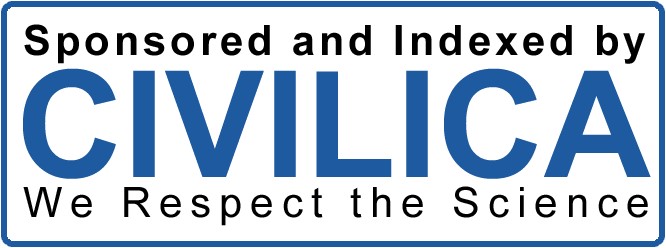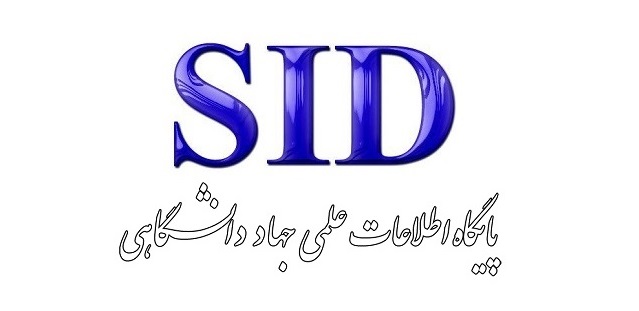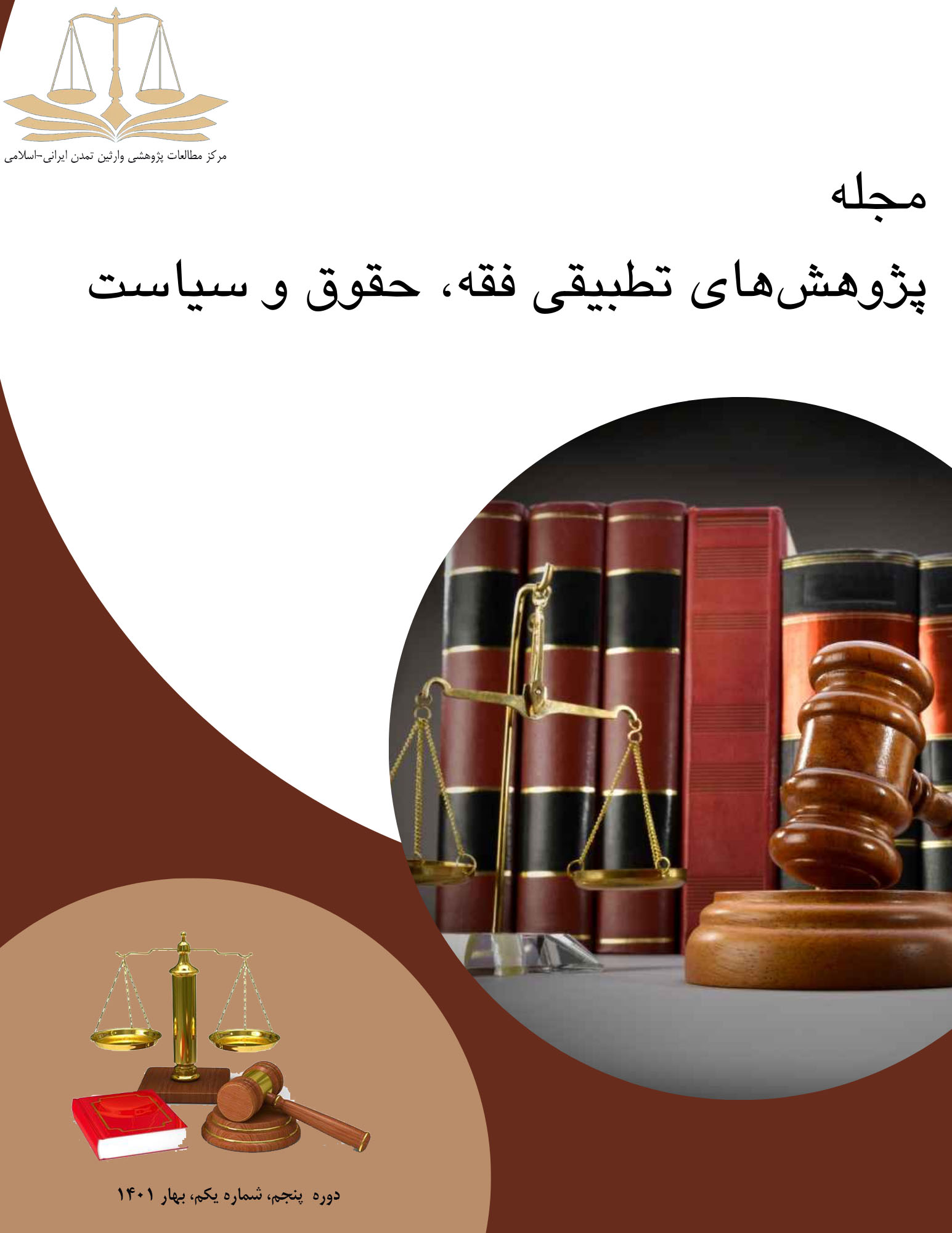Explaining the Obligations of Upstream States Regarding the Water Rights of Downstream States (Case Study: Helmand River)
Keywords:
the right of water, common rivers, upstream governments’ commitments, downstream governments’ rightsAbstract
The present study aims to identify and analyze the legal threats related to the exploitation of transboundary waters using a descriptive-analytical method. The core research question is: “What are the obligations of upstream states concerning the water rights of downstream states, with a case study on the Helmand River?” Based on this research, the obligations of upstream states regarding transboundary rivers include the joint and equitable use of waterways, the sovereign right of a state over its water resources, consideration of the interests of downstream states in sequential water resources, the obligation to prevent significant harm to downstream states, the illegality of altering the course of a waterway, and the principle of limiting the unrestricted use of waters. In this context, Afghanistan’s upstream position on the Helmand River has led to the disregard of Iran’s downstream rights and increased exploitation. Actions such as constructing diversion canals, building dams and embankments, inaccurately reporting the quantity and volume of stored water in Afghanistan, and failing to cooperate appropriately and timely in joint meetings of the Helmand River Water Commission in accordance with the 1973 legal regime are among the measures taken by the Afghan government regarding the distribution of Helmand River water. It must be noted that the continuation of disputes between Afghanistan and Iran over the use of Helmand River water will, in the long run, disrupt the national security of the Islamic Republic of Iran in the eastern region.
Downloads
Published
Submitted
Revised
Accepted
Issue
Section
License
Copyright (c) 2024 Seyedeh Parisa Jalili (Author); Atefeh Amininia (Corresponding author); Maryam Afshari (Author)

This work is licensed under a Creative Commons Attribution-NonCommercial-ShareAlike 4.0 International License.








